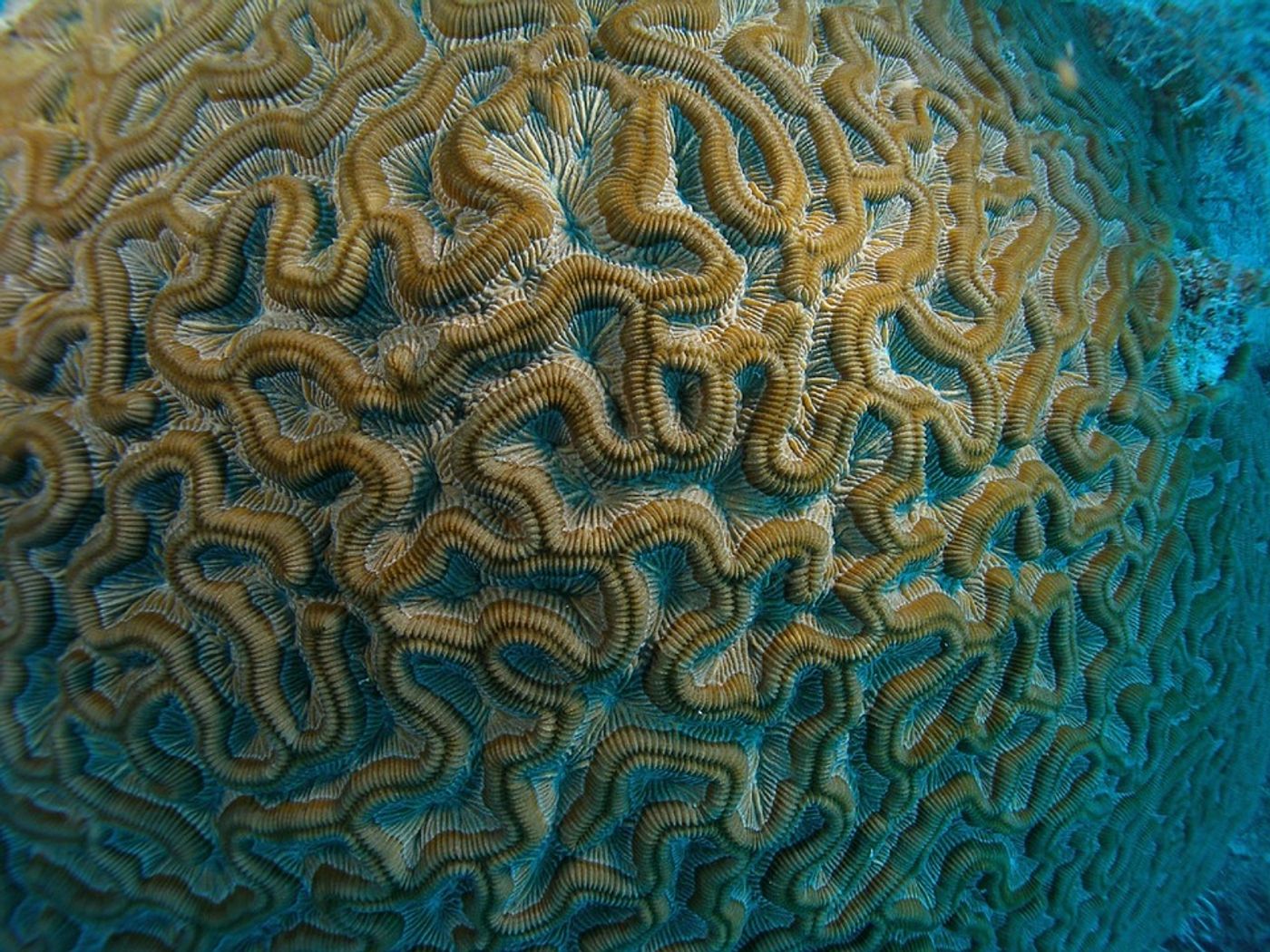The blood-brain barrier is a formidable defense for the protection of one of the most critical organs in the body – the brain. Yet, while this barrier keeps out pathogens and other invaders, it also prevents life-saving drugs from reaching the brain, severely limiting the available therapies for brain-related diseases, such as brain cancer. Now, working with a potent anticancer drug that’s far too damaging for the rest of the body save for the brain, Johns Hopkins researchers learned how to
bypass the blood-brain barrier.

The anticancer drug is known as 6 diazo-5-oxo L norleucine (DON), and it’s quite effective at shrinking tumors by blocking the cancer cell’s ability to use the amino acid glutamine. However, this property raises the toxicity of DON, especially in the gastrointestinal system, where glutamine is heavily consumed. But what if researchers could confine DON to one organ that’s not so dependent on DON?
"We wondered whether we could make a safer and more tolerable form of DON by enhancing its brain penetration and limiting its exposure to the rest of the body and, thus, toxicity," said Barbara Slusher, professor of neurology, medicine, psychiatry, neuroscience and oncology at the Johns Hopkins University School of Medicine, and the study’s senior author.
Based on collaboration with researchers at the Johns Hopkins Kimmel Cancer Center, the team zeroed in on tumors in the brain. "A tumor uses aggressive metabolism to grow, sucking up all the surrounding nutrients, which leads to a very oxygen-poor, acidic environment that is not conducive to cancer-killing immune cells," said Jonathan Powell, an immunologist at the Kimmel Cancer Center. Drugs that block glutamine could provide the edge needed for immunotherapy drugs to work.
But then, the question became how to get DON into the brain? The team tackled this by making the drug more lipid soluble, a key property that helps DON slip past the blood-brain barrier. Once inside the brain, the drug is converted back to its potent form to attack cancer.
Importantly, the team demonstrated the effectiveness of this technique in live monkey studies. In monkeys that were given the altered derivative, the team found the drug was more highly concentrated in the brain – the target of the drug. By contrast, monkeys given the unaltered version of the drug had 7 times the drug concentration in their blood, confirming the inability to localize to a certain target.
"We showed that we can modify these drugs to have further specificity to target the brain and limit toxicity to the rest of the body," says Slusher. "This strategy can potentially be used to develop tailored drugs for different cancers."
The team hopes to combine the new formulation of DON with other immunotherapy agents to have new synergistic anticancer weapons. "The hope is to enhance certain immunotherapy drugs by adding such glutamine antagonists," says Powell.
Additional sources:
Johns Hopkins University
 The anticancer drug is known as 6 diazo-5-oxo L norleucine (DON), and it’s quite effective at shrinking tumors by blocking the cancer cell’s ability to use the amino acid glutamine. However, this property raises the toxicity of DON, especially in the gastrointestinal system, where glutamine is heavily consumed. But what if researchers could confine DON to one organ that’s not so dependent on DON?
The anticancer drug is known as 6 diazo-5-oxo L norleucine (DON), and it’s quite effective at shrinking tumors by blocking the cancer cell’s ability to use the amino acid glutamine. However, this property raises the toxicity of DON, especially in the gastrointestinal system, where glutamine is heavily consumed. But what if researchers could confine DON to one organ that’s not so dependent on DON?







